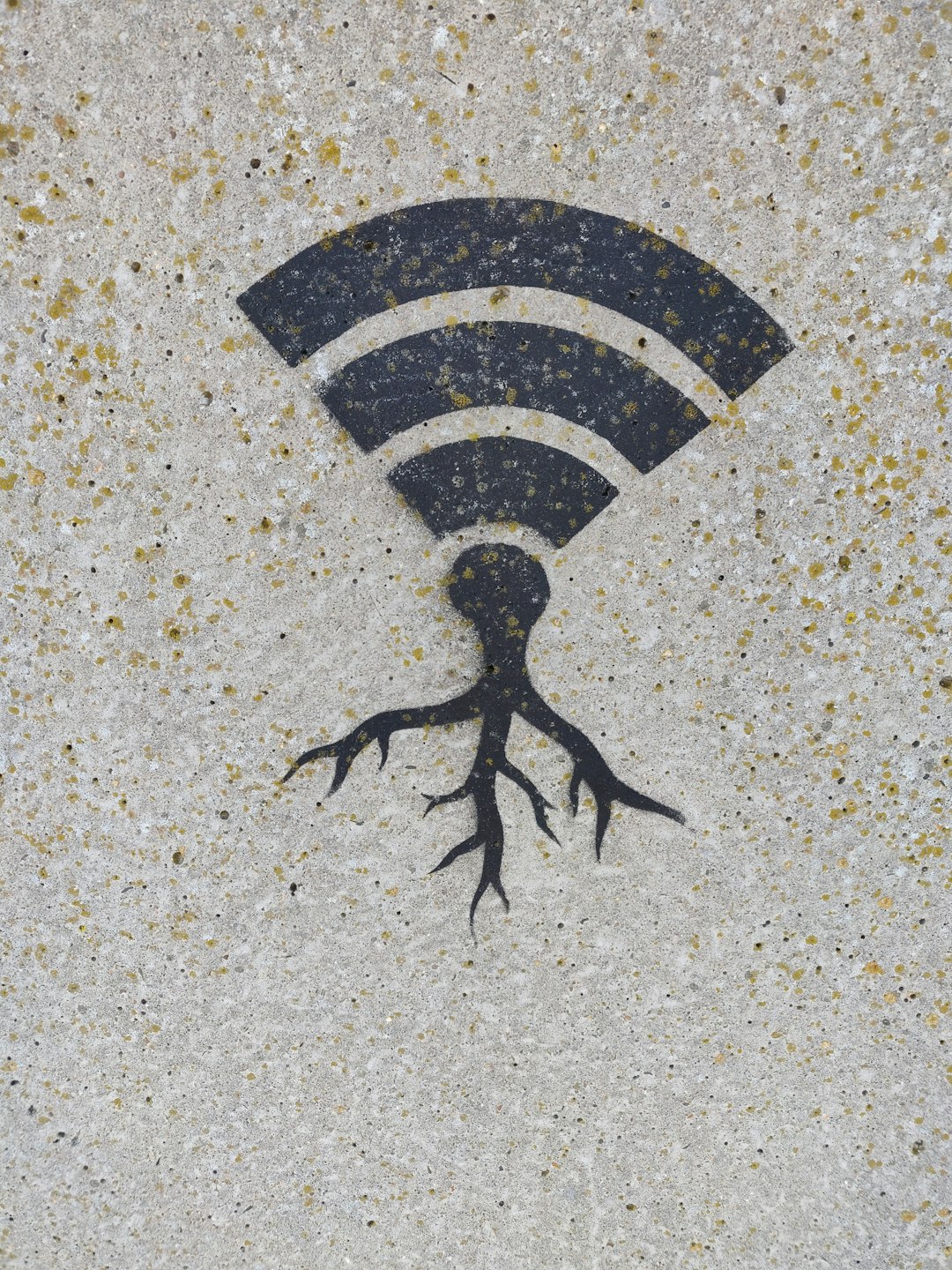Have you ever tried to push your code to GitHub, only to be met with the frustrating error message: “RPC failed; HTTP 408 curl 22”? This error can be confusing, especially if everything seems to be working fine on your local machine. Rest assured, you’re not alone. Many developers encounter this hiccup, and the good news is that it’s typically straightforward to resolve.
In this article, we’ll dig deep into the causes behind this error, explore effective solutions, and offer tips to ensure smoother Git interactions in the future. By the end, you’ll not only understand what’s going wrong but how to prevent it from happening again.
What Does the Error Mean?
To fix any error, it’s crucial to understand what it means. Let’s break it down:
- RPC Failed: Remote Procedure Call (RPC) is the protocol Git uses to communicate with remote repositories. A failure means this attempt to communicate was unsuccessful.
- HTTP 408: This is the HTTP status code for a Request Timeout. It indicates that the server didn’t receive a complete request from the client in the expected time frame.
- curl 22: Curl is a tool Git uses for transferring data. Error 22 from curl also signals an unexpected or unsuccessful HTTP response.
So, when you see “RPC failed; HTTP 408 curl 22”, it means your push took too long, or your connection was dropped or disrupted. Let’s explore the potential causes.
Common Causes of the Error
There isn’t a one-size-fits-all answer, but the most common culprits include:
- Slow or Unstable Internet Connection: A spotty connection can cause timeouts when trying to push larger repositories.
- Pushing Large Files or Repositories: Exceeding GitHub’s recommended limits or network bandwidth restrictions can lead to timeouts.
- Low Git Buffer Size: Git has a default POST buffer size, which may be insufficient for your current push.
- Firewall or Proxy Settings: Sometimes, network policies or proxies might interrupt Git’s communication with GitHub.
To fix the error, you’ll need to identify which of the above is causing it in your case. Let’s look at how to do exactly that.
Step-by-Step Solutions
1. Check Your Internet Connection
Start with the basics. A weak internet connection may cause timeouts, especially if you’re trying to upload a large amount of data. Here are some tips:
- Test your internet with tools like fast.com or speedtest.net.
- Switch to a wired connection if you’re using Wi-Fi.
- Try pushing from a different network, such as a mobile hotspot, to check if firewalls are causing issues.

2. Increase Git Buffer Size
Git uses a buffer to hold data before it’s pushed. If your changes exceed this buffer, the push may fail. Luckily, you can expand it:
git config --global http.postBuffer 524288000This sets Git’s post buffer to 500MB, which should be sufficient in most cases. If you’re still experiencing trouble, try an even larger value. However, avoid arbitrarily raising the buffer size excessively, as it may cause memory issues.
3. Split Large Commits
If you’re pushing a substantial amount of data at once, consider splitting it into smaller commits:
- Break your changes into logical chunks.
- Commit and push each chunk one at a time.
This strategy not only prevents occurrence of the RPC error but also makes it easier to track changes later on.
4. Verify File Sizes and Remove Unnecessary Large Files
GitHub has a hard limit of 100MB per file. Use the command below to catch large files in your repo:
git verify-pack -v .git/objects/pack/pack-*.idx | sort -k 3 -n | tail -10If you find a file that’s too large, consider removing it or using Git Large File Storage (LFS).
To install Git LFS and track large files:
git lfs install
git lfs track "*.zip"
git add .gitattributes
5. Use SSH Instead of HTTPS
Some users report better reliability using SSH over HTTPS when interacting with GitHub. Here’s how to switch your remote URL:
git remote set-url origin git@github.com:username/repo.gitMake sure your SSH key is properly configured in your GitHub account settings. If you’re unsure, GitHub has a comprehensive guide on configuring SSH keys.
6. Retry with Git Command Line Instead of GUI
GUI tools like GitHub Desktop or SourceTree are great, but they sometimes mask the root causes of errors. Using the command line gives you full visibility. Open a terminal and try:
git push origin mainIf the push succeeds here but not in the GUI, then a bug or misconfiguration in the interface might be the issue.
7. Check Firewall or Proxy Interference
If you’re behind a corporate firewall or using a proxy, your network might be blocking certain Git operations:
- Try temporarily disabling firewalls to test.
- Check your Git proxy settings via:
git config --get http.proxy - To remove a proxy:
git config --global --unset http.proxy
Additionally, consult with your network administrator if you’re working in a managed network environment where outgoing connections might be restricted.
Alternative Long-Term Solutions
If the problem persists despite the fixes above, you might want to consider some of these longer-term solutions:
Use Continuous Integration Tools
Instead of pushing large changes manually, consider using CI/CD pipelines that handle deployments incrementally. Popular tools include GitHub Actions, CircleCI, and Travis CI.
Trim Your Git History
A bloated Git history filled with large binaries or unnecessary assets can slow down your repo significantly. Use tools like BFG Repo-Cleaner to clean your repo:
bfg --delete-files *.mp4Be cautious, as this rewrites history and should only be done after informing all collaborators.
Conclusion
Encountering the “RPC failed; HTTP 408 curl 22” error when pushing to GitHub is inconvenient, but it’s manageable. Whether it’s a matter of network stability, configuration, or data size, the good news is you now have a well-rounded toolbox of solutions to address it.
Here’s a quick recap of what to try:
- Check and improve your internet connection
- Increase Git buffer size
- Split large commits and use Git LFS
- Switch to SSH if HTTPS is unreliable
- Eliminate proxy/firewall issues
With a little bit of troubleshooting and the right tweaks, you’ll be back to pushing code with confidence in no time!
Happy coding!
